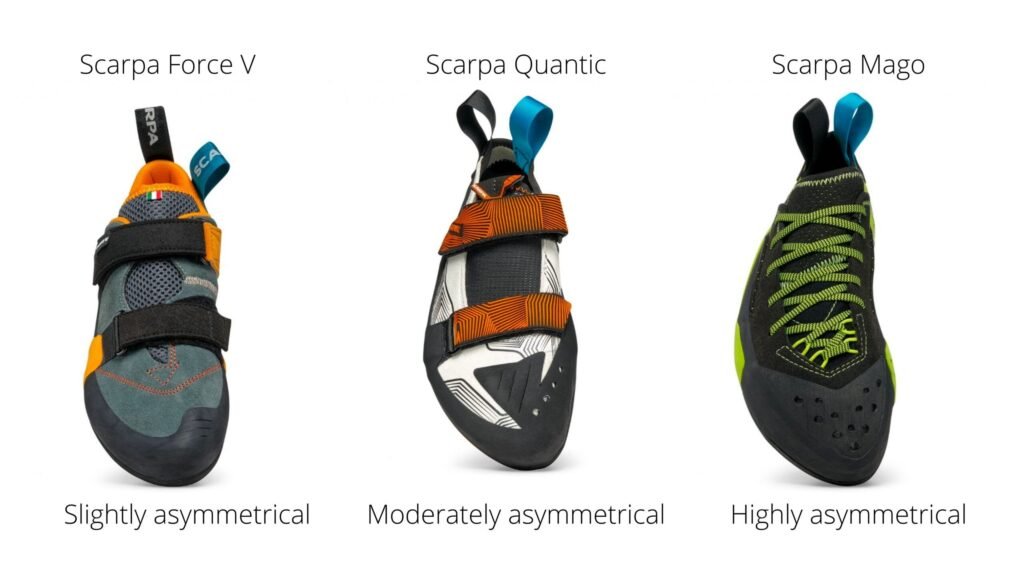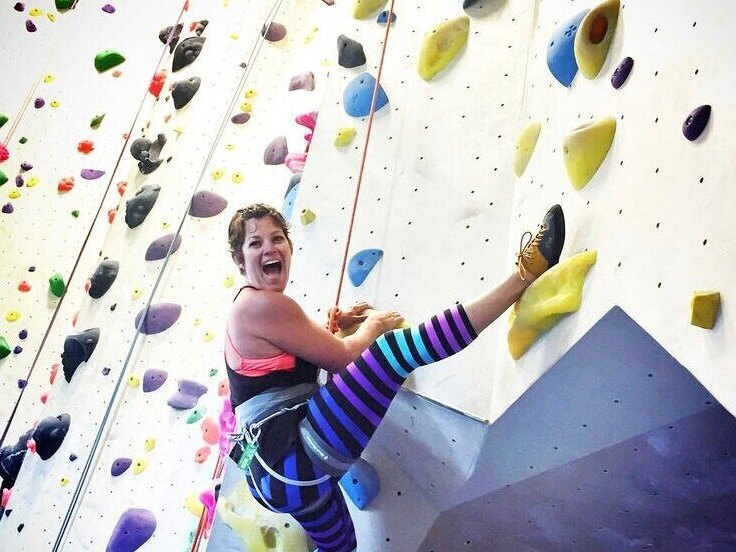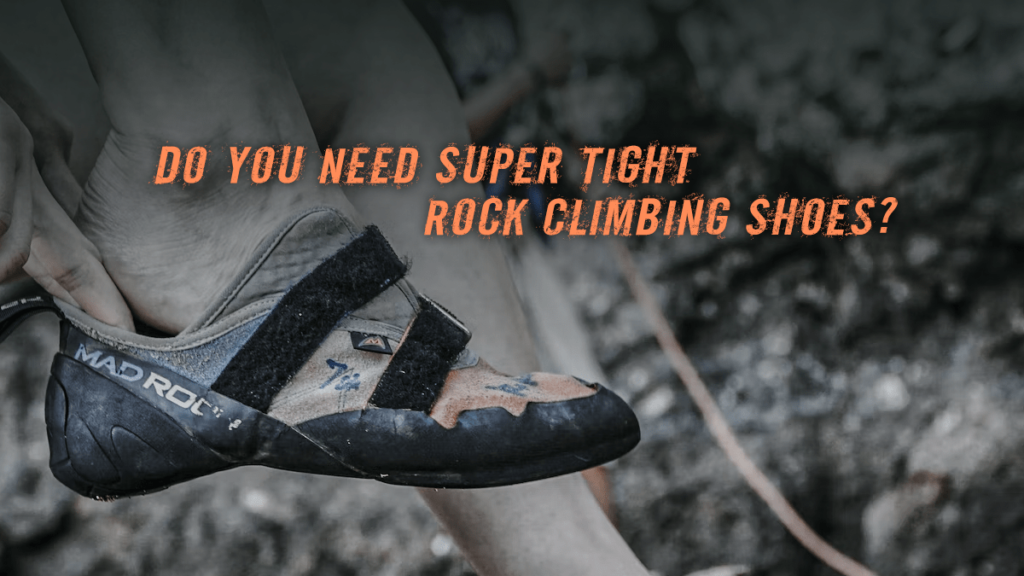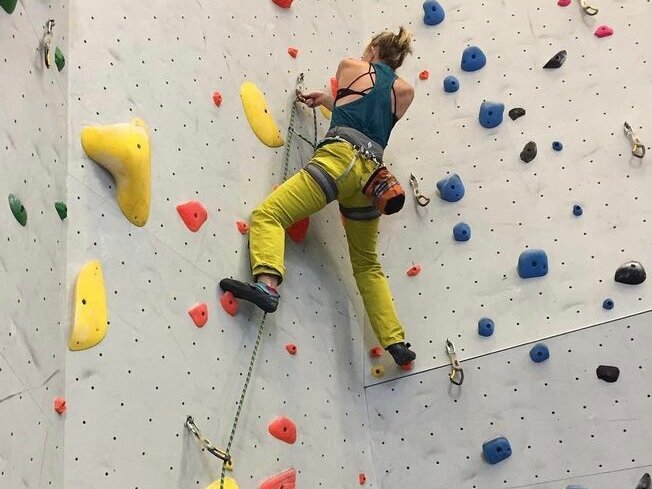You’re about to dive into the exciting world of indoor rock climbing, where the right gear can make a big difference in your experience. “Do I Need Shoes for Indoor Rock Climbing?” will guide you through understanding why specialized climbing shoes are an essential part of your climbing journey. From ensuring a secure grip on those tricky holds to providing the support and comfort needed to scale the walls safely, this article breaks down how climbing shoes enhance your performance. Get ready to learn everything you need to know about choosing the perfect pair for your adventures! Have you ever wandered into an indoor rock climbing gym and wondered, “Do I really need specialized shoes for this?” If so, you’re not alone! Many beginners to the world of indoor rock climbing contemplate the necessity of climbing shoes and whether the investment is worth it. Let’s dive deep into the topic and explore everything you need to know about indoor rock climbing shoes.

Why Do People Wear Shoes for Indoor Rock Climbing?
The Importance of Grip
One of the primary reasons climbers wear specialized shoes is for better grip. Unlike regular sneakers, climbing shoes have a unique rubber sole designed to help you stick to the wall. This grip can make a significant difference, especially when you’re trying to hold onto small footholds.
Precision and Sensitivity
Climbing shoes offer a level of precision that you won’t find in everyday footwear. Their snug fit allows you to feel the texture of the climbing holds and make micro-adjustments easily. This sensitivity is crucial for tasks like edging (using the edge of the shoe on a foothold) and smearing (pressing the sole against the wall for friction).
Foot Support and Protection
Climbing shoes are constructed to provide the necessary support for your feet as you climb. They protect your toes from rough surfaces and help prevent injuries. The reinforced toe box is particularly useful for protecting your feet when jamming them into cracks or small crevices.
Types of Climbing Shoes
Not all climbing shoes are the same, and their design can vary based on the type of climbing you plan to do. Here are the main categories:
Neutral Shoes
Neutral shoes are often recommended for beginners because of their comfort and versatility. They have a relaxed fit, making them suitable for extended climbing sessions.
| Feature | Description |
|---|---|
| Shape | Flat, resembling a typical walking shoe |
| Comfort | High – can be worn for extended periods |
| Best For | Beginners, all-day climbing, multipitch climbs |
Moderate Shoes
Moderate shoes have a slightly downturned shape (also known as camber). They offer a good balance between performance and comfort, making them ideal for intermediate climbers.
| Feature | Description |
|---|---|
| Shape | Slightly downturned |
| Comfort | Moderate – good for multi-purpose climbing |
| Best For | Intermediate climbers, sport climbing, trad climbing |
Aggressive Shoes
Aggressive shoes have a pronounced downturn and are more asymmetrical. These shoes are designed for high-precision and steep climbs, often found in sport climbing and bouldering.
| Feature | Description |
|---|---|
| Shape | Aggressively downturned |
| Comfort | Lower – meant for short, intense climbing sessions |
| Best For | Advanced climbers, overhangs, technical routes, bouldering |
Selecting the Right Climbing Shoes for You
Assess Your Climbing Goals
Before purchasing climbing shoes, consider your climbing goals. Are you a beginner just learning the ropes, or are you looking to tackle more advanced routes? Your climbing goals will significantly influence your choice of shoes.
Fit and Comfort
Fit and comfort are critical when choosing climbing shoes. A shoe that is too tight will be uncomfortable, while one that is too loose will reduce your ability to climb effectively. It’s a good idea to try various brands and models to find the best fit.
Material and Construction
Climbing shoes come in different materials, each with its pros and cons. Leather shoes tend to stretch over time and mold to your feet, while synthetic shoes offer less stretch but retain their original shape longer.
Comparison of Leather and Synthetic Climbing Shoes
| Feature | Leather Shoes | Synthetic Shoes |
|---|---|---|
| Stretch | High (up to half a size or more) | Low to moderate (minimal stretch) |
| Breathability | High | Lower |
| Time to Break In | Longer | Shorter |
| Odor Resistance | Better | Prone to odor |
Closure Systems
Climbing shoes come with different types of closure systems, each offering distinct advantages.
Laces
Lace-up shoes provide the most adjustable fit, allowing you to fine-tune the tightness throughout the shoe.
Velcro
Velcro shoes are convenient and quick to take on and off. They are great for bouldering or gym climbing where you may remove your shoes frequently.
Slip-ons
Slip-on shoes are elasticated and provide a snug, sock-like fit. They are generally less adjustable but are great for training sessions and crack climbing.
Durability and Maintenance
Durability is another factor to consider when selecting climbing shoes. A durable shoe will last longer and provide better value for your money. Remember, all climbing shoes will eventually wear out, so regular maintenance is essential to prolong their lifespan.
Breaking in New Climbing Shoes
New climbing shoes often require a break-in period to reach maximum comfort. Here’s a step-by-step guide to help you break them in:
Wear Them Around the House
Start by wearing your new climbing shoes around the house for short periods. This helps to gradually stretch the material and mold it to your feet.
Gentle Climbing Sessions
Use your new shoes during easy climbing sessions. This allows you to get used to how they feel without putting too much strain on your feet.
Monitor for Pressure Points
Pay attention to any pressure points or areas of discomfort. If you find any, consider using shoe stretchers or adjusting the lacing to relieve pressure.

Do I Need Climbing Shoes as a Beginner?
Borrow or Rent Climbing Shoes
If you’re new to climbing, it’s a good idea to borrow or rent climbing shoes initially. Most indoor climbing gyms offer shoes for rent at a reasonable price. This allows you to try out climbing shoes without immediately investing in a pair.
Focus on Technique First
As a beginner, the primary focus should be on building your climbing technique. While climbing shoes can enhance your performance, having solid technique is more important. As you progress, you’ll have a better understanding of the type of shoes that will best suit your climbing style.
Gradual Investment
If you decide to continue with climbing, you can then invest in a pair of climbing shoes. Start with a pair of neutral or moderate climbing shoes, as they offer the best balance of comfort and performance for beginners.
Benefits of Investing in Climbing Shoes
Improved Climbing Performance
Investing in a dedicated pair of climbing shoes can significantly improve your climbing performance. The specialized design of climbing shoes offers better grip, precision, and support, enabling you to tackle more challenging routes.
Enhanced Comfort
A well-fitting pair of climbing shoes can provide enhanced comfort during your climbs. The right shoes will reduce the risk of discomfort and blisters, allowing you to climb longer and more enjoyably.
Sense of Belonging
Having your own pair of climbing shoes can give you a sense of belonging in the climbing community. It’s a sign that you’re committed to the sport and are taking your climbing seriously.

Common Mistakes When Choosing Climbing Shoes
Buying Shoes That Are Too Tight
One common mistake is choosing shoes that are too tight. While climbing shoes should be snug, they shouldn’t cause unnecessary pain. Shoes that are too tight can lead to discomfort and potential foot injuries.
Choosing the Wrong Type of Shoe
Another mistake is selecting the wrong type of shoe for your climbing needs. For example, wearing aggressive shoes for all-day multi-pitch climbs can lead to discomfort. It’s important to choose the right shoe type based on the climbing you’ll be doing.
Ignoring the Break-In Period
Ignoring the break-in period can lead to discomfort and suboptimal performance. Rushing into intense climbs with brand-new shoes can result in blisters and foot pain. Take the time to properly break in your shoes.
Maintaining Your Climbing Shoes
Proper maintenance of your climbing shoes can extend their lifespan and ensure optimal performance.
Cleaning
Clean your climbing shoes regularly to remove dirt and sweat, which can deteriorate the material. Use a mild soap and water, and avoid harsh chemicals that can damage the shoe.
Drying
Allow your shoes to dry naturally after each session. Avoid placing them in direct sunlight or using heat sources, as extreme heat can damage the rubber.
Resoling
Over time, the rubber sole of your climbing shoes may wear out. Instead of purchasing a new pair, consider resoling them. This can save you money and extend the life of your shoes.

Conclusion
So, do you need shoes for indoor rock climbing? The simple answer is yes. While you can start with rented or borrowed shoes, investing in your own pair can greatly enhance your climbing experience. The specialized design of climbing shoes provides better grip, precision, and comfort, allowing you to tackle more challenging routes with confidence.
Remember, the right climbing shoes depend on your climbing goals, experience level, and personal preferences. Take the time to try different options and find the perfect pair for you. With the right shoes, you’ll be well on your way to reaching new heights in your climbing journey.
So, what are you waiting for? Grab your climbing shoes and start scaling those walls! Happy climbing!
